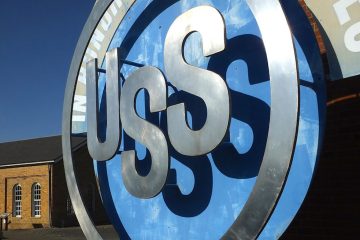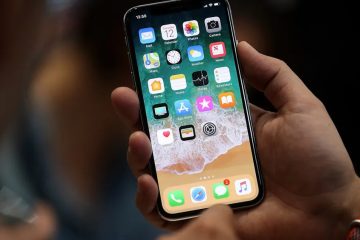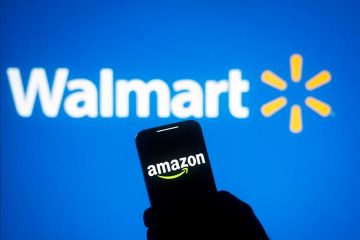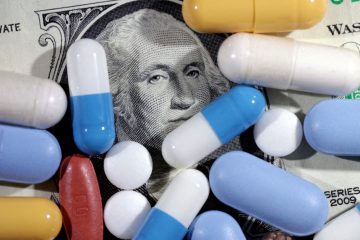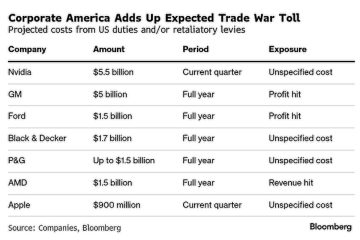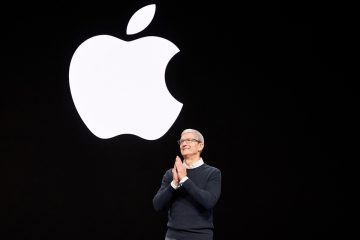Here’s Why P&G Stock Is Sagging Like a Soggy Pair of Pampers

Procter & Gamble’s historic battle with Nelson Peltz marked a new high in corporate drama. But in running the world’s biggest consumer goods business, its leadership is taking a risk-averse, little-to-invest-in approach that’s setting the standard for extreme corporate caution. And the company’s recently released earnings report, which led investors to hammer P&G stock, shows the limits of that strategy.
The company’s policy has its virtues. P&G isn’t doing dumb things. It has refrained from splurging on misguided acquisitions, and responsibly returns all of its earnings—and more, in fact—to shareholders. It’s a prudent, maybe over-prudent, steward of shareholders’ capital. But put simply, the maker of Pampers, Tide and Crest can’t stay on its current course of lifting earnings-per-share when its actual earnings aren’t growing at all.
On October 10, P&G announced at its annual meeting that, based on its preliminary count, shareholders had backed management and denied a board seat to Peltz, whose Trian Fund Management holds a $ 3.5 billion stake. Last Friday, 10 days later, P&G released its report for the first quarter of fiscal 2018 (ended Sept. 30). The results could be summed up in four words: More of the same. And shareholders expressed disappointment, sending its stock pg down 4.7% by end of day Monday, to $ 88.25, and 5.2% since Peltz’s campaign apparently fell short. (Trian contends that the vote is too close to call, and is waiting for the final, certified tally from the neutral inspector of elections, a process that could take months.)
In the report, P&G discloses that its “basic net earnings” from “continuing operations” rose by 5.8% (rounded off to 6% in the press release) from Q3 of FY 2016. That number reflects “continuing operations” because it excludes results from businesses that P&G has exited, notably the large portfolio of beauty brands it sold to Coty at the start of the last year’s second quarter.
It’s important, however, to dig into that EPS number. P&G’s actual earnings from continuing operations didn’t didn’t rise at all; in fact, that number fell slightly, from $ 2.875 to $ 2.870 billion, a decline of 0.2%. It was the denominator, a sharp drop in shares outstanding, that drove the entire 5.8% rise in EPS. And that drop was sharp indeed. The count used to establish EPS from continuing operations fell from 2.791 billion to 2.633 billion shares, lowering the float by 158 million shares. That fall of 6%, once again, accounts for the entire improvement in EPS. The picture for the trailing four quarters is similar: Earnings from continuing operations rose just 0.6%, meaning that fewer shares accounted for almost all of the four-quarter EPS growth of 6%.
Tallying the funds deployed to retire stock yields some stunning numbers. For the past four quarters, P&G spent $ 6.7 billion on share repurchases, as disclosed in its cash flow statements. But as stated in its 2016 10K, its shareholders exchanged another $ 9.4 billion worth of stock for shares of Coty as part of its purchase of 41 P&G beauty brands in early October of 2016. That deal alone shrank the float by 105 million shares; the direct buybacks accounted for the additional reduction of 53 million.
All told, P&G devoted around $ 16 billion to reducing its share count in the past four quarters. In the same period, it paid $ 7.2 billion in dividends. Excluding the one-time, $ 9.4 billion from the big divestiture, P&G still plowed a total of $ 13.9 billion into buybacks and dividends over the 12-month span. That’s 136% of its net earnings from continuing operations, and well over 100% of its free cash flow, measured as cash from operations minus capital expenditures.
More buybacks to come
In an investors’ deck that accompanied the new release, P&G provided detailed guidance for FY 2018. And once again, buybacks loom large. The consumer goods colossus projects EPS growth of 5% to 7%, adding that it expects “core operating profit growth to be primary driver of core EPS.” But it goes on to predict that around 2% of the gains will come from lowering the share count, primarily through buybacks of between $ 4 and $ 7 billion. P&G also pledges to pay $ 7.5 billion in dividends, an increase of 4.2% over FY 2017. So the total cash expended would range from $ 11.5 billion to $ 14.5 billion.
Even if earnings from continuing operations rise by a relatively big number, say 4%, the total spent on buybacks and dividends will exceed recurring profits from between 108% and 137%.
“P&G is doing what common sense dictates when they find nothing to do with their cash flow: Give it back to the owners,” says Jack Ciesielski, author of the Analyst’s Accounting Observer. He observes that if dividends and buybacks continue to exceed cash flow, “P&G will change its capital structure, exchanging equity for debt on a slow-motion basis.”
In an email to Fortune, a P&G spokesman stated, “It’s clear the overall share count reduction has a beneficial impact on earnings per share. And we expect to see further improvement in topline sales (guiding to 2-3% for the year) as well as improvement in operating earnings growth this fiscal year.”
The solution is basic: P&G needs to grow, and grow a lot faster than even its forecast for 2018. Achieving that goal will require a degree of daring and innovation we haven’t seen so far. If the go-slow regime persists, look for more drama as a rising chorus demands the change in direction that P&G took such pains to reject.

